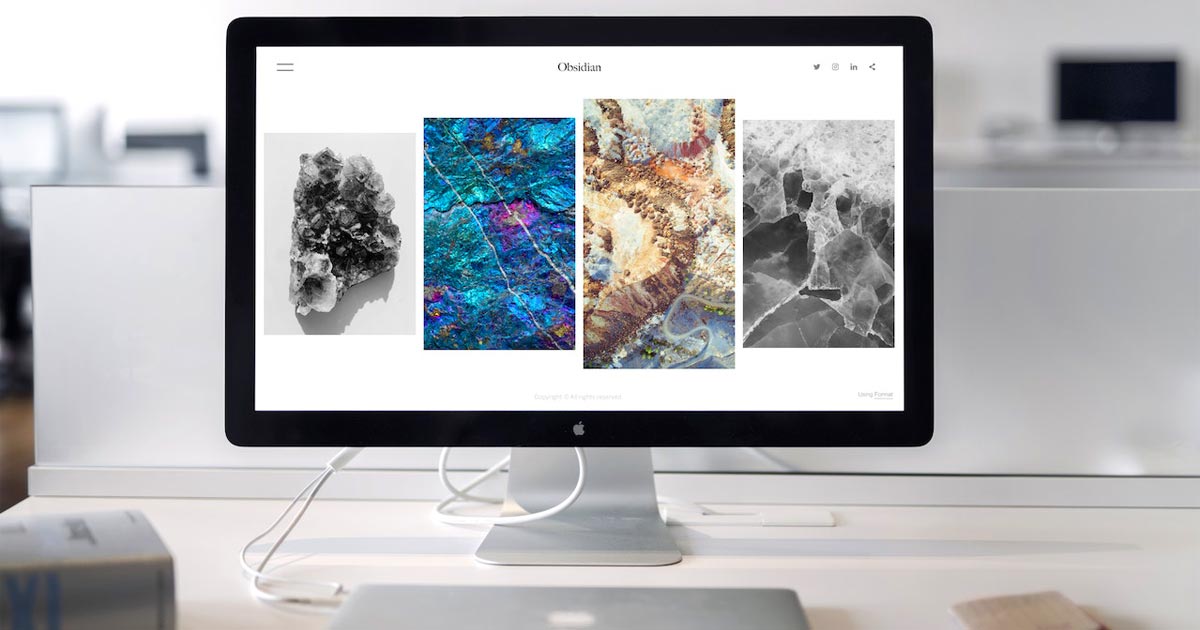In digital design, the terms “website designing” and “app designing” may appear deceptively similar, often causing confusion among those not well-versed in the intricacies of the field. While both involve the creation of digital interfaces, they significantly differ in terms of technicality and functionality. These distinctions define the unique purposes and goals of each discipline.
Website Design Breakdown
Website designers goal extends beyond the front-facing visual look of a website; it encompasses generating high-quality leads and captivating the online audience effectively. To achieve this, a web design agency in Surrey and other teams operating within the field must consider a host of critical factors, including the target audience, the brand’s messaging, and the desired outcomes from users’ interactions with the site.
In essence, website design is about crafting an inviting and engaging digital environment that draws visitors in, encourages them to explore, and ultimately converts them into valuable leads.
App Design: Elevating User Experience and Engagement
On the flip side, app designers rely even more so on user experience (UX). Their primary objective is to create applications that provide a seamless, enjoyable, and functional experience for users. While aesthetics play a role, app design dives deeper, focusing on user behavior and interaction within the confined space of a mobile screen.
London app developers and other experts within the industry navigate the difficulties of delivering a high performing user experience, which often involves complex user journeys. Uber is a great example where it seems simple to the user but it is not the case for the design and development team. From searching for a ride to completing the journey, users embark on a multi-step voyage where every transition must feel effortless and intuitive.
When designing mobile applications, wireframe examples can be really helpful for visualizing the user flow and interaction points. These wireframes give a basic, schematic view of the app’s layout and functionality, allowing designers to quickly experiment and refine the user experience before diving into more polished visual designs.
Technical Distinctions: Screen Size and Connectivity
At the technical level, website design confronts the challenge of accommodating diverse screen sizes, from desktop monitors to mobile screens. In contrast, app design concentrates exclusively on mobile screens, but this can be in the form of cross-platform applications (iOS and Android) or native application. You can read more on the distinctions between the two here. This specialization demands an in-depth understanding of user behaviors specific to mobile devices.
Functionally, websites tend to deliver content or facilitate relatively straightforward tasks. In contrast, apps often engage users in multifaceted actions and processes. The complexity of app design is notably higher due to these multifunctional demands.
A clear distinction lies in internet connectivity. Websites invariably rely on internet connectivity to function, whereas apps can operate in offline mode for certain functionalities. For example, static apps like calculators or offline games function seamlessly without an internet connection.
Key Design Trends Shaping the Future
In both website and app design, remaining up to speed with emerging trends is essential to remain relevant and effective. A primary trend is an unwavering focus on user experience (UX). Understanding users’ needs, preferences, and pain points is the bedrock upon which successful designs are built.
Additionally, the adoption of alternative modes, such as night mode or dark mode, has gained traction among younger generations. The appeal lies in reduced eye strain and improved battery life, making it crucial for app designers to cater to user preferences regarding dark mode so the application performance is not hindered under each setting.
Minimalism is another resounding trend. The principle “less is more” holds true in modern design. Streamlined interfaces with accessible features stand out and enhance the user experience.
Crafting the Optimal User Interface: Color and Accessibility
App designers must master the art of user interface (UI) design, which includes color texture selection and touch key placement. The choice of colors not only influences the visual appeal but also impacts user engagement and emotional response. Thoughtful color schemes enhance the user journey, creating a harmonious and engaging experience.
Accessibility is paramount. Ensuring that the app is user-friendly for all regardless of physical or cognitive limitations. Accessibility features can significantly expand an app’s user base and reinforce its reputation as inclusive and user-centric.
Summary
In summary, there is no doubt that there is vast differences between web design and app design. The former focuses heavily on design across both desktop and mobile so it is fit for purpose on both, whereas app design requires a large understanding of user behavior, mobile screen limitations, and evolving design trends. While it may seem daunting, mastery of app design is attainable through a commitment to user-centric principles and a continuous pursuit of design excellence.


